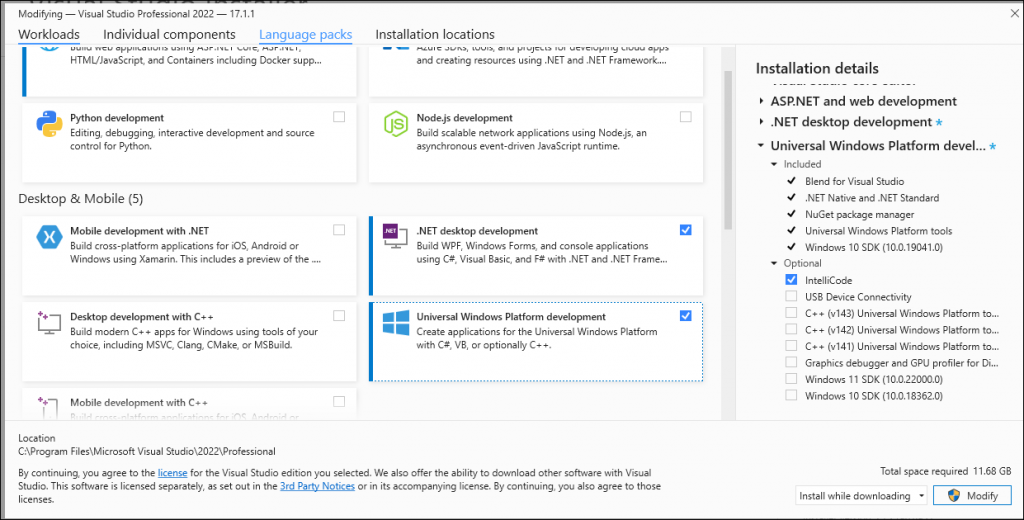.NET and C# are two of the most popular programming languages in the world and with good reason.
They are both powerful, versatile, and relatively easy to learn. In this blog post, we will discuss the basics of C# Universal Windows Platform (UWP) apps. UWP apps are a great way to create cross-platform applications that can run on a variety of devices, including PCs, laptops, tablets, smartphones, and even Xbox One consoles!
UWP apps are written in C#, and they use the .NET Framework. The .NET Framework is a comprehensive set of libraries that provide everything you need to write Windows applications. UWP apps can be written in Visual Studio, which is Microsoft’s flagship development environment.
A Universal Windows Platform (UWP) app is a Windows 10 app that can run on all types of devices that run Windows 10, from PCs and tablets to phones and HoloLens. UWP apps have a consistent appearance and feel across devices, and they share certain features, such as the ability to be snapped to the side of the screen.
UWP apps are written in C# or Visual Basic using the .NET Framework. You can create UWP apps with Xamarin, too.
UWP apps use a different application model than traditional Windows desktop applications. In a UWP app, you create a single project that can be compiled into an app for all types of devices. The app’s user interface is defined in a XML file called the manifest.
The manifest contains information about the app’s name, description, logo, and other features. You can use the manifest to specify which page should be displayed when the app starts, which files to include in the app package, and which .NET Framework features to use.
When you create a UWP app, Visual Studio creates a default manifest for you. You can edit the manifest to change the app’s appearance and behaviour.
Install UWP
To get started with UWP you will need to install the Universal Windows Platform development language pack from the Visual Studio Installer as shown below.
